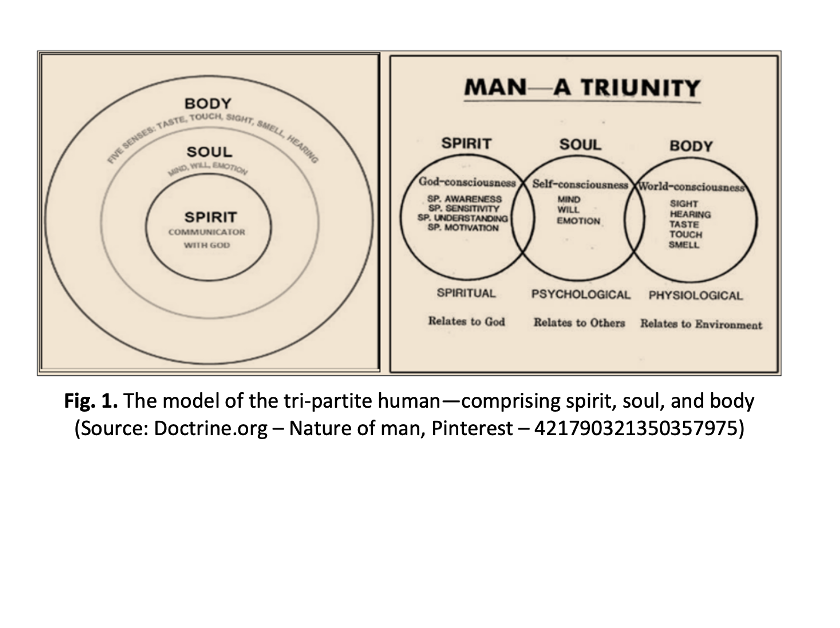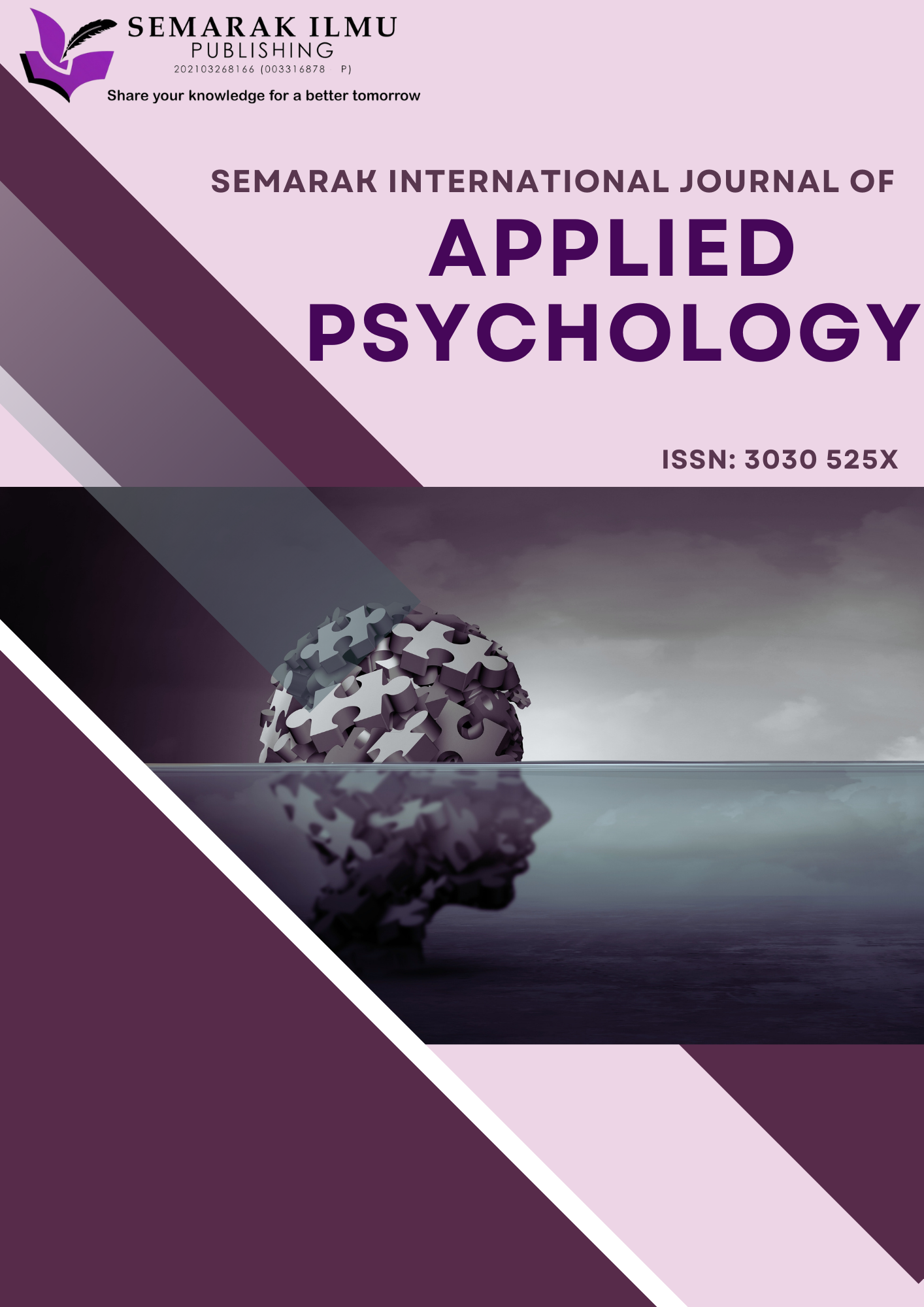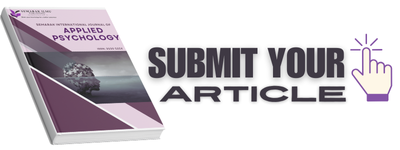Nurturing Creativity and Innovation in Students: Embracing Holistic Approaches through Brain Hemispheres, Heart-Brain Coherence, and Cardiognosis
DOI:
https://doi.org/10.37934/sijap.4.1.1734aKeywords:
Creativity enhancement, heart-brain coherence, neuroplasticity, machine learning, educational neuroscience, interpersonal creativityAbstract
The capacity for creativity and innovation has become increasingly crucial in today's dynamic world, where adaptability and forward-thinking are essential for success. Drawing from recent advances in neuroscience, quantum physics, and consciousness studies, this paper explores a holistic approach to fostering creativity and innovation in students. Through the integration of cognitive, emotional, and interpersonal dimensions, we develop and validate a machine learning framework that predicts creative capabilities based on physiological measurements and consciousness markers. Our findings demonstrate strong predictive accuracy for problem-solving abilities (R² = 0.8357) and creative potential (R² = 0.7708), while revealing the complexity of interpersonal creativity (R² = 0.2162). The study shows significant correlations between beta waves and problem-solving (r = 0.91), and between coherence scores and creative potential (r = 0.77). These results suggest that focused intention and heart-brain coherence can systematically enhance creative development across multiple dimensions, from individual innovation to interpersonal collaboration. The research provides a quantitative foundation for implementing holistic creativity enhancement in educational settings.














